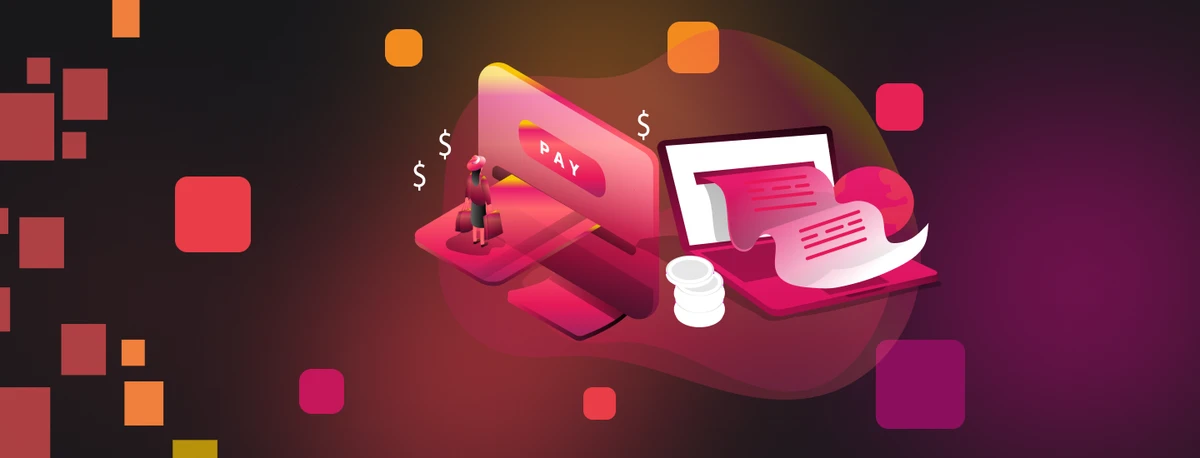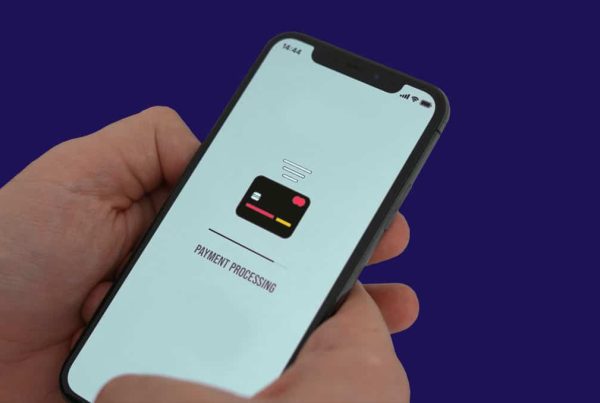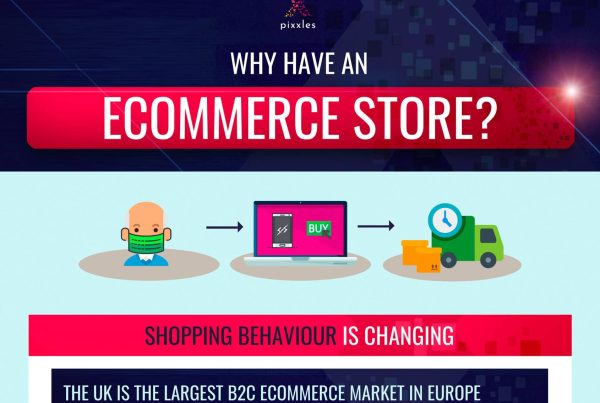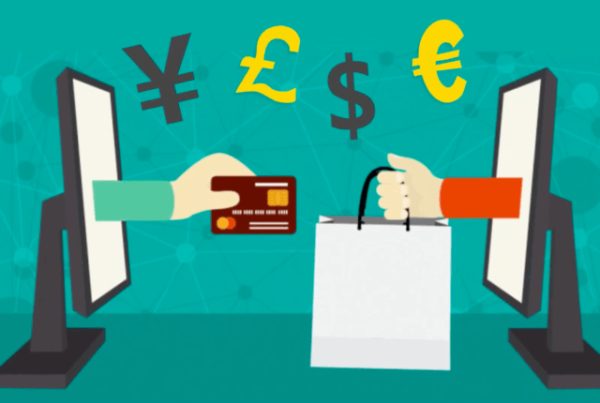Summary
Digital payment services are becoming very popular due to the use of smartphones and the number of people who don’t have bank accounts. In fact, by 2028, the digital payments market is poised to reach a projected USD 14.77 trillion. Digital payment services come in different forms and offer several advantages, although they do have some drawbacks as well.
What Are Digital Payment Services?
Digital payment services are an efficient, often instant, means of conducting financial transactions digitally.
These services are typically hosted on an online platform or mobile application, allowing users to set up their own personal accounts.
These accounts can then be linked with users’ bank accounts or credit/debit cards and used for different purposes, such as paying bills, sending money, or receiving payments.
» MORE: Digital banking with Pixxles – All your banking services and needs in one spot
6 Things You Need To Know About Digital Payment Services
1. Digital Payments Services Are Changing Everything
Digital payment services are transforming the way we handle money, making it possible to pay for goods, send money, and manage finances from virtually anywhere, anytime.
No longer are users stuck using credit or debit cards. Instead, digital payment services have broadened customers’ horizons with options like digital wallets and cryptocurrencies.
Digital payment services also benefit from smart features, such as the ability to split payments among multiple users. This simplifies cost-sharing scenarios like group gifts, shared meals, and joint travel expenses.
Likewise, digital payment services allow for convenient recurring payments, which is especially useful for paying regular expenses (utilities, subscriptions, etc.).
» MORE: An overview of digital receipts, a part of digital payments
2. Digital Payment Services Have Several Benefits
The goal of digital payment services is to offer customers and merchants the following:
Simplicity, security, variety of uses, speed, accessibility, integration, and transaction tracking.
Let’s explore these.
Simplicity
These services typically require a simple setup process. Once you link your bank account or card details, you can conduct transactions with just a few clicks or taps on your device.
Security
Digital payment services often employ encryption technologies to protect your financial information. Moreover, features like two-factor authentication (2FA) and biometric verification add extra layers of security.
Variety of Uses
These services facilitate a wide range of financial transactions, such as paying bills, online shopping, sending money, or receiving payments.
Speed and Accessibility
Digital payments can be made or received almost instantly, no matter where you are. As long as you have an internet connection, you can transact from any part of the world.
Integration
Many digital payment services can integrate with other platforms (like online marketplaces, food delivery apps, etc.) to provide seamless transactions. Some services also allow users to link multiple bank accounts or cards to a single digital wallet.
Transaction Tracking
These services usually offer a transaction history feature, allowing users to track their expenses, which can aid in personal or business finance management.
3. Digital Payment Services Also Have Some Drawbacks
Digital payment services offer many benefits. However, like any technology, they also have some disadvantages.
Here are some of them.
Security Risks
While digital payment services generally employ robust security measures, they are not immune to hacking, phishing attacks, or other forms of cybercrime.
Internet Dependency
To use digital payment services, you need access to the internet. If you’re in a place with poor or no internet service, you might not be able to make transactions when you need to.
Fees
While many digital payment services offer free person-to-person transactions when funded from a bank account or existing service balance, fees can apply in other scenarios.
These might include international transfers, receiving money for goods or services, instant transfers to a bank, or transactions funded with a credit or debit card.
Limited Acceptance
Not all businesses or individuals accept digital payments, and certain services may not be available or widely accepted in some countries or regions.
Usability and Technical Glitches
Users may encounter difficulties when using digital payment services due to technical glitches or problems with software updates.
Disputes and Customer Service
If there is a transaction dispute, it can sometimes be more difficult to resolve through a digital payment service than with a traditional bank. Additionally, customer service can vary widely between different services.
Privacy Concerns
Some people may be uncomfortable with the amount of personal data that digital payment services collect. While these services typically have policies in place to protect user data, the possibility of data being sold or shared is a legitimate concern.
» MORE: Payment security for merchants
4. There Are Several Digital Payment Services Today
Popular examples of digital payment services include Square’s Cash App, PayPal, Google Pay, Apple Pay, and Venmo.
Square’s Cash App
Square’s Cash App gained prominence as an easy tool for businesses to accept card payments via a mobile device. However, it soon evolved into a multi-functional app that now allows users to send, receive, and request money, as well as invest in stocks and Bitcoin.
PayPal
Almost everyone has heard of PayPal, as it is one of the oldest and most widely recognized digital payment services. What sets it apart is its extensive acceptance among online retailers and businesses worldwide. It also supports international payments, making it an important tool for global commerce.
Google Pay and Apple Pay
Google Pay and Apple Pay are digital wallets offered by Google and Apple, respectively.
These services use NFC (Near Field Communication) technology for contactless payments at physical stores. Additionally, they offer online and peer-to-peer payments.
Venmo
Venmo has a unique social component—displaying transactions in a social feed that other Venmo users can view, like, or comment on.
Venmo is particularly popular among younger demographics for its ease in splitting bills and paying friends and its integration with many other apps and services.
There are many digital payment services available, but which one is the best?
» ANSWER: It depends on your needs. Learn what Pixxles can do for you
5. Digital Payments Services Come In Different Forms
Contactless Payments
Contactless payments offer a hassle-free method for buying goods or services.
Transactions can be completed swiftly and conveniently by simply tapping a debit, credit, smart card, or another compatible payment device on a point-of-sale terminal.
Mobile Wallets
Google Pay, Samsung Pay, and Apple Pay are perhaps the most popular mobile wallets. Of the three, Samsung Pay is particularly noted for its wide compatibility with various point-of-sale systems.
Mobile Payment Apps
Zelle and Stripe are notable mobile payment applications.
Zelle, widely used in the United States, facilitates quick money transfers directly between the bank accounts of its users.
Stripe, meanwhile, though primarily a service for businesses to accept payments, has a mobile app to manage transactions, view business analytics, and respond to customer disputes.
Cryptocurrencies
While cryptocurrencies bring several advantages, they are not without their challenges.
On the positive side, cryptocurrencies offer privacy, as transactions do not require personal information to be attached. On the negative side, the anonymity of cryptocurrencies has led to them being used for illegal activities, such as money laundering or illicit purchases.
Also, the regulatory environment for cryptocurrencies is uncertain and varies widely by country. In some jurisdictions, the use of cryptocurrencies is heavily restricted or even banned.
6. Some Digital Payment Services Offer Free Peer-to-Peer Transfers
Many digital payment services allow users to make peer-to-peer (P2P) transactions for free but with some conditions. The key factor is how the transaction is funded.
Bank Account
If you link your digital payment service directly to your bank account, it’s often free to send money to another person. This is because ACH transfers (the electronic moving of money between banks) generally don’t incur fees for consumers.
Existing Service Balance
If you have an existing balance in your digital wallet from previous transactions or money received, sending this money to another person usually doesn’t incur a fee.
Credit and Debit Card Transactions
If you use a credit or debit card to send money to another person, many services will charge a fee. This is because credit and debit card transactions themselves often come with fees.
Receiving Money for Goods and Services
If you’re a seller receiving payments for goods and services, there is often a transaction fee.
International Transfers
If you’re sending money to another country, there may be a fee involved, even if it’s a P2P transfer. This is due to the complexities and costs associated with international money transfers.
Instant Transfers
Some services allow you to transfer your balance to your bank instantly, rather than waiting the typical 1-3 business days. This convenience often comes with a fee.
Payment Services From Pixxles
We’re a payment processor that offers a personalized Virtual Terminal, hassle-free integration with popular shopping carts, and more. We ensure your payments run like clockwork so that you can focus on running your business.
Want to know more? Visit our Contact page or see our Business Processing Solutions page.








